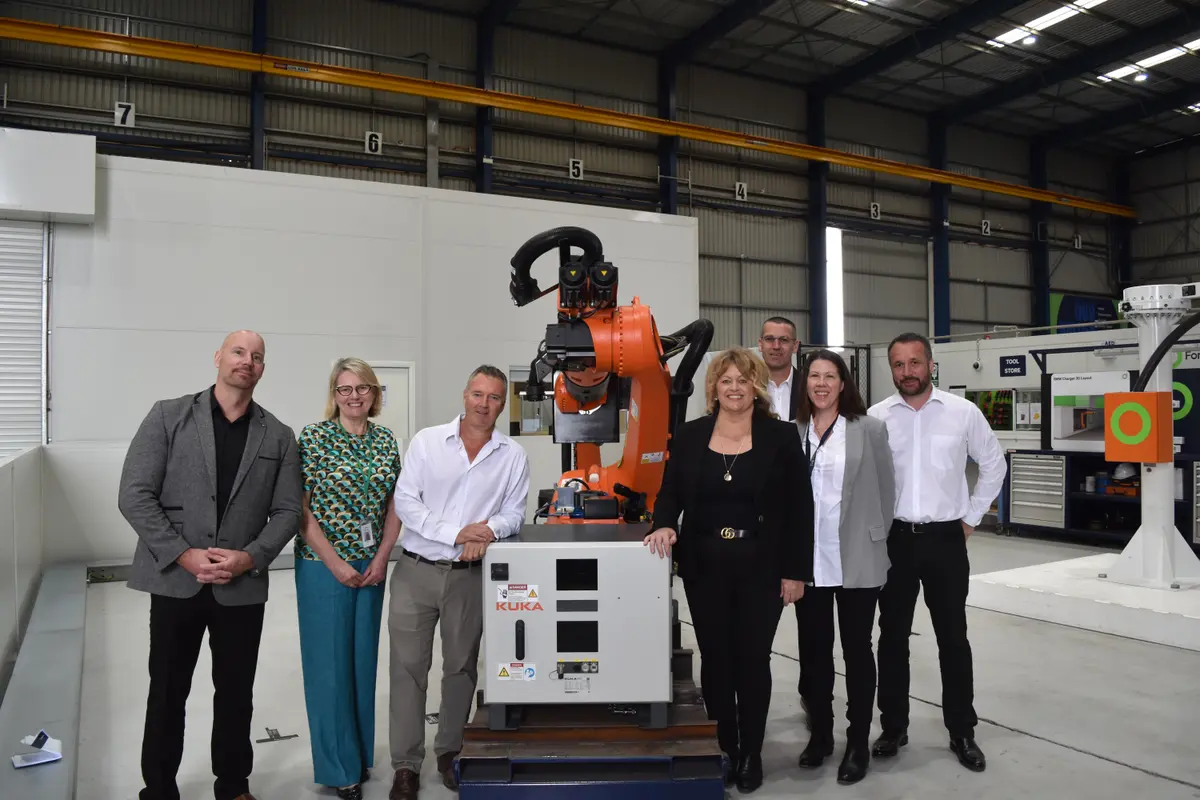Sign up for daily news updates from CleanTechnica on email. Or follow us on Google News!
Tidal energy has been tantalizing renewable energy innovators for decades, lingering just offshore with a steady, reliable source of clean kilowatts ripe for the picking. Now the solutions are finally at hand. That includes the Dragon Class, a series of underwater kite-style tidal devices produced by the Swedish firm Minesto. The first step in the company’s first major deployment is underway, leading to a 200-megawatt target and an ambitious plan for replication around the globe.
The Tidal Energy Game Changer
Tidal energy falls into the category of marine energy, which strictly speaking does not include offshore wind turbines or solar panels. The wind and the sun are intermittent resources. Marine energy refers to the predictable, reliable motion of water including waves and ocean currents as well as tides.
Tidal energy has the potential to be a gam-changer for coastal communities and nearby grids. In the US, for example, energy planners are eyeballing up to 300 megawatts of tidal energy in Alaska’s Cook Inlet, enough to power almost every home in the coastal city of Anchorage.
That’s about all the local grid can currently handle. It’s just a fraction of the tidal energy resources in the Cook Inlet, which researchers have identified as the largest single tidal resource in US waters. Planners are also interested in the idea of deploying tidal energy for economic development in the region. Specifically, the idea is to establish green hydrogen and green ammonia industries in the region.
The Dragon Tidal Energy Harvester
Harvesting tidal energy is easier said than done. One approach is to build lagoons or barriers to house an array of tidal turbines. Called barrages, these massive pieces of infrastructure are inappropriate for sensitive coastal environments. They are also expensive. In some circumstances, though, they can take advantage of existing infrastructure. They can also double as parks or transportation routes, or they can be deployed to establish new habitats.
A more economical, less intrusive pathway involves tethering individual tidal turbines to the seabed. That sounds simple enough, but the devil is in the details. As one indication of the engineering challenges involved, Minesto first crossed the CleanTechnica radar 15 years ago. A spinoff of the Saab aircraft design firm, Minesto introduced its kite-like solution under the name Deep Green.
“The kite twirls in a repeating figure eight pattern that increases the ocean velocity ten-fold. The first stage increases the relative flow speed entering a turbine,” CleanTechnica noted back in 2009. “When the tide hits the wing it turns down, which creates a lift force. The kite is mounted to the ocean bed with a tether and is controlled by a rudder to gently nudge it in the desired trajectory.”
The Dragon Tidal Energy Kite Is Coming For Your Fossil Fuels
It’s been a long slog, but the ice began to crack in 2020 when Minesto commissioned its first Dragon 4 100-kilowatt tidal energy kite at Vestmannasund in the Faroe Islands, a self-governing territory in the Kingdom of Denmark that is home to some of the strongest tidal currents in Europe.
Upon installation, the device was given the ceremonial name Havfrúgvin, which is Faroese for mermaid.
“Traditionally, the name has been used for naming boats and ships in the Faroe Islands, and the first competitive rowing boat named ‘Havfrúgvin’ was built in 1928,” explained local utility SEV, which is a partner in the project.
“In Vestmanna, there was a smack (traditional fishing boat) named ‘Havfrúgvin’ that was the only one of the seven ships belonging to Vestmanna that survived World War II,” SEV elaborated.
By 2022 plans were in motion to increase the capacity of the site. Earlier this year Minesto announced the successful commissioning of its 28-ton, 1.2-megawatt Dragon 12 tidal energy device at Vestmanna.
In the latest development, on October 13th, Minesto announced plans for the new Hestfjord Dragon Farm, starting with a 10-megawatt array of the company’s Dragon 12 kites and arriving at the goal of 200 megawatts if all goes according to plan.
That’s just for starters. In the same announcement, Minesto drew attention to its partnership with leading accounting firm Ernst & Young.
“The collaboration has a global scope, with an initial focus on the first tidal energy build-out in the Faroe Islands – The Hestfjord Dragon Farm (10+20 MW),” Minesto emphasized.
More Tidal Devices Are Also Coming For Your Fossil Fuels
Next steps for the Hestfjord project include another round of site assessments and environmental reviews, along with upgrades to the local distribution grid and the formation of an investment consortium.
If you’re wondering how Ernst & Young (EY) developed an interest in tidal energy, that’s a good question. Better known for its century-old accounting business, the well known firm has recast itself as a renewable energy enabler. Evidently it has spotted an untapped opportunity for investors in the tidal energy field.
“The global renewables industry is growing fast, with huge potential for those who aim high, commit first and move fast,” the firm says of itself, in yet another indication that global investors are not listening to the US politicians who have been ranting against ESG (environment, social, governance) investing.
“Environmental, social and governance (ESG) risks and opportunities have moved to the top of the agenda for many organizations,” EY notes elsewhere on its website.
“EY teams can help organizations address sustainability issues, investor concerns, support ESG reporting and disclosures, and improve ESG performance,” they add.
While EY is anticipating large scale applications for tidal energy, keep your eye out for niche applications as well. Earlier this year, the US Department of Energy’s National Renewable Energy Laboratory described a collaboration with Sandia National Laboratories and the Pacific Northwest National Laboratory, in support of a 25-kilowatt, student-designed tidal turbine project.
The new device will be put to work collecting data about tidal energy in the mouth of the Piscataqua River in the Gulf of Maine, while also providing power to operate a drawbridge contributing to the Living Bridge community education and global research project of the University of New Hampshire.
Even though at 25 kilowatts, the tidal turbine is relatively tiny, NREL anticipates a significant impact on the design and deployment of tidal devices globally. Data from its intricate web of monitoring devices be available the worldwide research community through the Energy Department’s Water Power Technologies Office.
Follow me via LinkTree, or @tinamcasey on Threads, LinkedIn, and Instagram.
Image: The secrets of tidal energy are finally beginning to crack open, as demonstrated by an ambitious 200-megawatt tidal project in the Faroe Island featuring new “Dragon Class” kite-style underwater turbines (courtesy of SEV).

Have a tip for CleanTechnica? Want to advertise? Want to suggest a guest for our CleanTech Talk podcast? Contact us here.
Latest CleanTechnica.TV Videos
CleanTechnica uses affiliate links. See our policy here.
CleanTechnica’s Comment Policy




